KRT18
-
Official Full Name
keratin 18 -
Overview
KRT18 encodes the type I intermediate filament chain keratin 18. Keratin 18, together with its filament partner keratin 8, are perhaps the most commonly found members of the intermediate filament gene family. They are expressed in single layer epithelial tissues of the body. Mutations in this gene have been linked to cryptogenic cirrhosis. Two transcript variants encoding the same protein have been found for this gene. [provided by RefSeq, Jul 2008] -
Synonyms
KRT18;keratin 18;K18;CYK18;keratin, type I cytoskeletal 18;CK-18;keratin-18;cytokeratin 18;cytokeratin-18;cell proliferation-inducing protein 46;cell proliferation-inducing gene 46 protein
Recombinant Proteins
- Human
- Mouse
- Rat
- Pig
- Zebrafish
- Bovine
- E.coli
- Mammalian Cells
- HEK293
- bovine liver
- Insect Cells
- In Vitro Cell Free System
- His
- T7
- Non
- Avi
- Fc
- GST
Background
What is KRT18 protein?
KRT18 (keratin 18) gene is a protein coding gene which situated on the long arm of chromosome 12 at locus 12q13. KRT18 encodes the type I intermediate filament chain keratin 18. Keratin 18, together with its filament partner keratin 8, are perhaps the most commonly found members of the intermediate filament gene family. They are expressed in single layer epithelial tissues of the body. The KRT18 protein is consisted of 430 amino acids and its molecular mass is approximately 48.1 kDa.
What is the function of KRT18 protein?
KRT18 is an intermediate filament protein belonging to the keratin family. It is expressed in a variety of tissues, especially in epithelial cells. It forms microfilaments together with other keratin molecules to maintain the structural integrity and stability of cells, and can also interact with proteins in cells to participate in apoptosis and cell cycle regulation.
KRT18 Related Signaling Pathway
The KRT18 protein exerts a wide range of influences on the structure and function of cells by participating in multiple signaling pathways. But the KRT18 protein itself is not directly involved in significant signaling pathways. The phosphorylation of KRT18 protein is related to the PI3K/Akt signaling pathway and MAPK/ERK signaling pathway, and is involved in the regulation of cell proliferation, survival and metabolism. The KRT18 protein has also been found to play a role in the NF-κB signaling pathway, which is primarily involved in processes such as inflammation and apoptosis.
KRT18 Related Diseases
KRT18 protein has been associated with a variety of diseases, especially epidermal tumors, such as epithelial tumors, non-small cell lung cancer (NSCLC), head and neck squamous cell carcinoma (HNSCC), esophageal cancer, and gastric cancer. In addition, KRT18 has been found to play a key role in liver cell damage and necrosis and is therefore associated with liver diseases (such as fatty liver, hepatitis, etc.). In addition, KRT18 protein may be involved in the regulation of cell damage and inflammatory response in Hemolytic Uremic Syndrome (HUS).
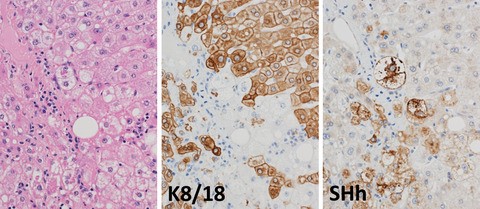
Fig1. SHh and K8/18 immunohistochemistry are useful in detecting ballooned hepatocytes, regardless of background liver disease, and improving pathological diagnosis accuracy. (Hironori Kusano, 2022)
Bioapplications of KRT18
As a tumor marker, KRT18 may provide a new target for cancer therapy. KRT18 can be used for early diagnosis, disease monitoring and prognosis assessment of liver disease.
Case Study
Case study 1: Ruizan Shi, 2020
Induction of epithelial-mesenchymal transition (EMT) and cancer stem cell (CSC) characteristics underlie the development of metastasis, chemoresistance, and tumor recurrence in breast cancer. Downregulation of cytokeratin 18 (CK18) is a critical molecular event of EMT; however, its importance in the induction of EMT and CSC features has not been defined to date. This study aimed to investigate the biological significance and underlying molecular mechanisms of CK18 in inducing EMT phenotype and stemness properties of breast cancer cells.
CK18 expression was extremely low in highly metastatic, resistant, and transforming growth factor (TGF)-β1/tumor necrosis factor (TNF)-α-treated breast cancer cells with mesenchymal phenotype and increased expression of CSC markers. Depletion of CK18 promoted partial EMT and the acquisition of stemness properties in breast cancer MCF-7 cells. Mechanistically, CK18 interference in MCF-7 cells activated the Wnt/β-catenin signaling. In conclusion, downregulation of CK18 promotes partial EMT and enhances breast cancer stemness by increasing EpCAM expression partly via the Wnt/β-catenin pathway.
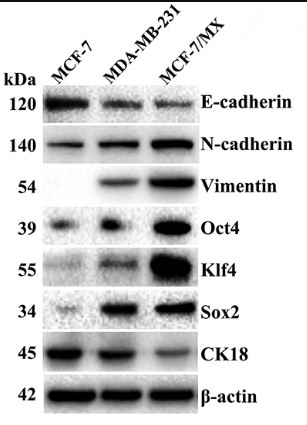
Fig1. The expression of EMT markers (E-cadherin, N-cadherin, and Vimentin), stemness markers (Oct4, Klf4, and Sox2), and CK18 in MCF-7, MDA-MB-231, and MCF-7/MX cells was detected using western blot assay.
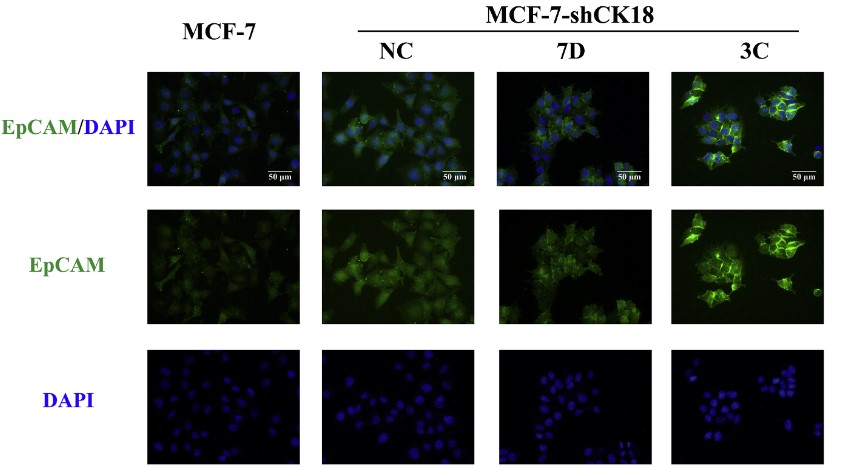
Case study 2: Kenta Soeta, 2020
Cytokeratin (CK) 18 is an intermediate filament protein that plays a major functional role in the integrity and mechanical stability of cells. CK18 is also cleaved by some caspases during apoptosis. Three-dimensional (3D)-cultured cancer cells are useful for cancer research as an intermediate model between in vitro cancer cell line cultures and in vivo tumors.
In this study, the researchers produced rat monoclonal antibodies (mAbs) through immunization of the lysate from 3D-cultured DLD-1 cells to elucidate a characteristic feature of a tumor, and the results showed that mAb 2H7 recognized human CK18.
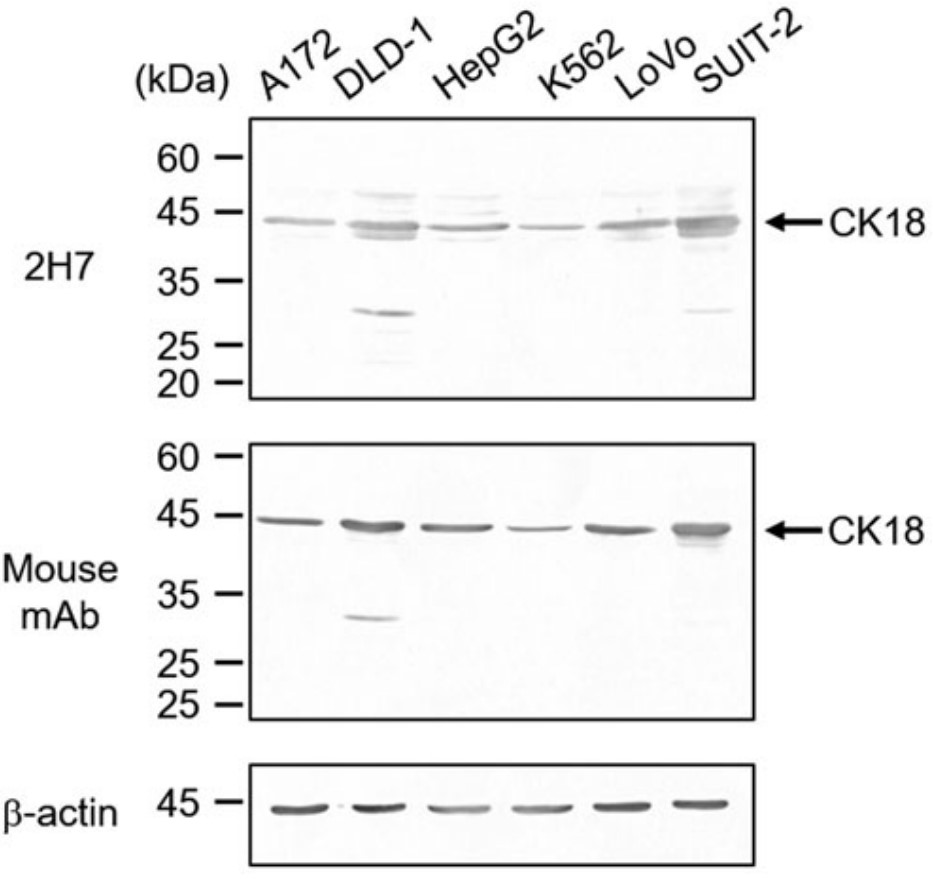
Fig3. Comparison of recognition of endogenous CK18 by mAb 2H7 and mouse mAb through immunoblotting using several human cell lines.
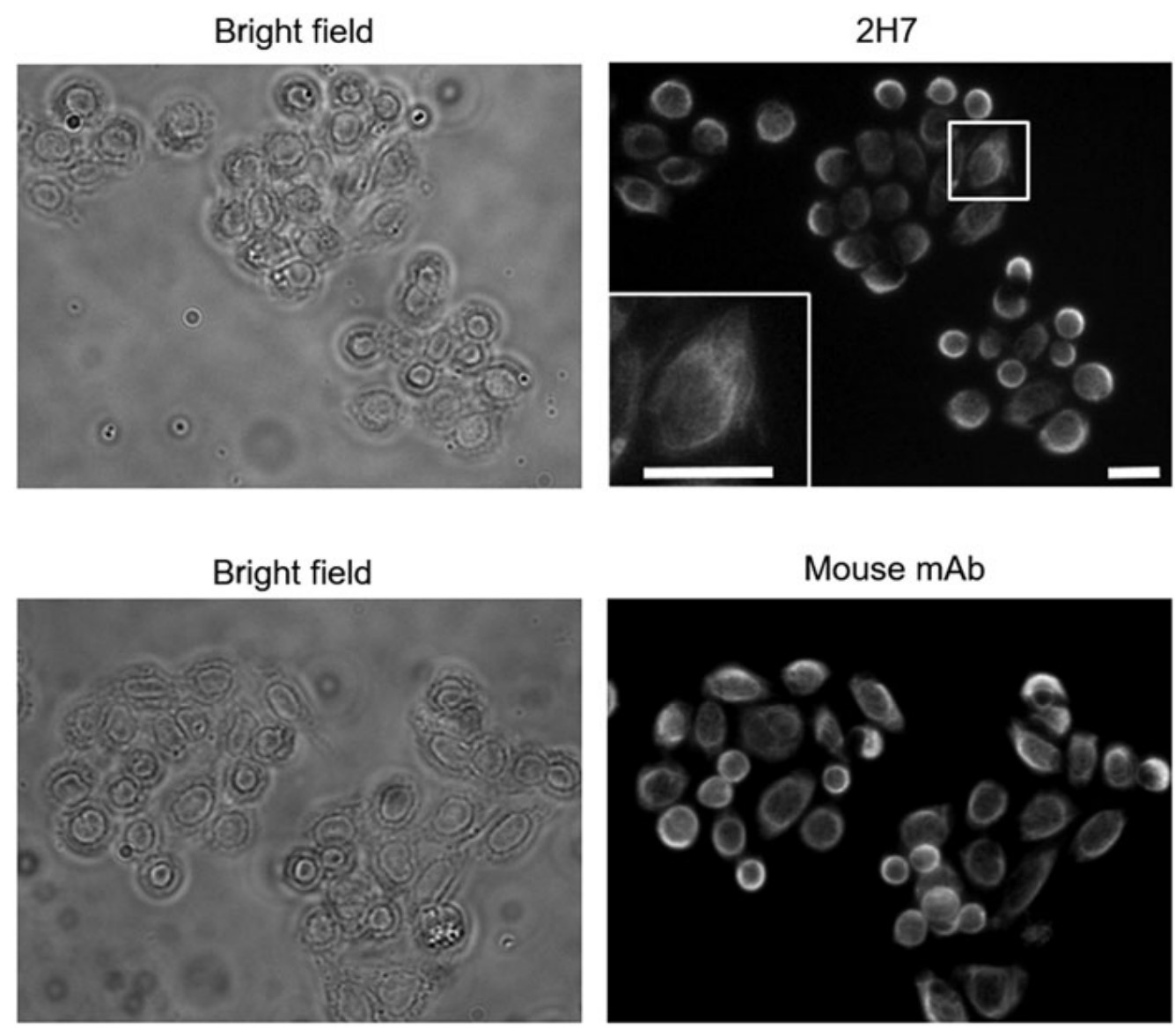
Quality Guarantee
High Purity
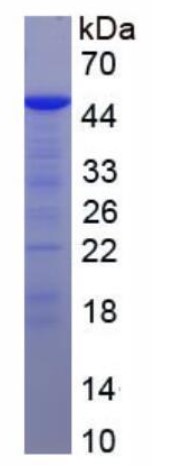
Fig1. SDS-PAGE (KRT18-174H) (PROTOCOL for western blot)
.
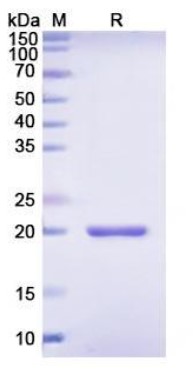
Fig2. SDS-PAGE (KRT18-4393H) (PROTOCOL for western blot)
Involved Pathway
KRT18 involved in several pathways and played different roles in them. We selected most pathways KRT18 participated on our site, such as Pathogenic Escherichia coli infection, which may be useful for your reference. Also, other proteins which involved in the same pathway with KRT18 were listed below. Creative BioMart supplied nearly all the proteins listed, you can search them on our site.
| Pathway Name | Pathway Related Protein |
|---|---|
| Pathogenic Escherichia coli infection | TUBA3D,TUBB7P,TUBAL3,TLR4,TUBA3C,ARHGEF2,TUBB1,ROCK2,EZR,TUBA1C |
Protein Function
KRT18 has several biochemical functions, for example, poly(A) RNA binding,protein binding,scaffold protein binding. Some of the functions are cooperated with other proteins, some of the functions could acted by KRT18 itself. We selected most functions KRT18 had, and list some proteins which have the same functions with KRT18. You can find most of the proteins on our site.
| Function | Related Protein |
|---|---|
| structural molecule activity | MTAP7D3,KRT3,LMNA,ANK1,CRCT1,INAA,SEPT7,KRT81,CLDNJ,PGM5 |
| protein binding | MPL,PUF60,MLH1,DCAF8,TBC1D9B,ACY1,C12orf50,BCKDHA,AIM2,CDK15 |
| scaffold protein binding | CAV2,ADCY6,NOS3,MAPK3,CIT,CHUK,NOS1,PDE4D,SCN5A,CACNA1H |
| poly(A) RNA binding | SAMD4A,RBMX,BCCIP,GAR1,EIF4G1,RTF1,TARDBP,EIF4G2,EXOSC7,LTA4H |
Interacting Protein
KRT18 has direct interactions with proteins and molecules. Those interactions were detected by several methods such as yeast two hybrid, co-IP, pull-down and so on. We selected proteins and molecules interacted with KRT18 here. Most of them are supplied by our site. Hope this information will be useful for your research of KRT18.
KRT8;YWHAZ;DNAJB6;TRADD
Resources
Related Services
Related Products
References



